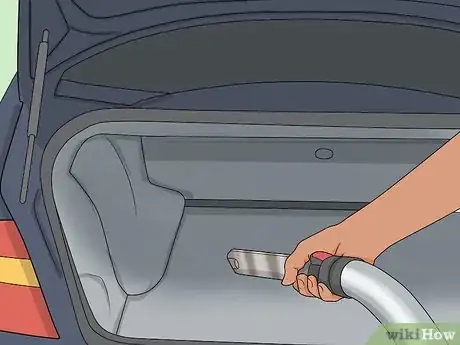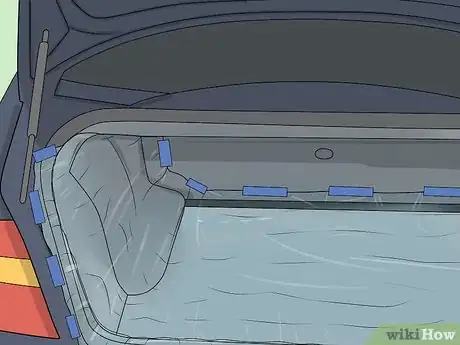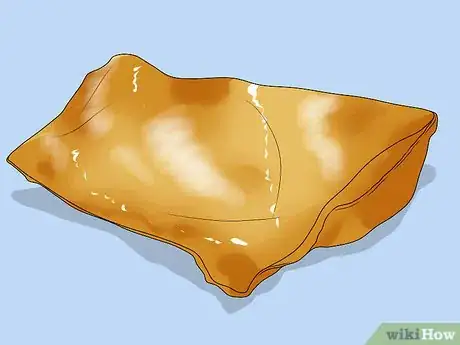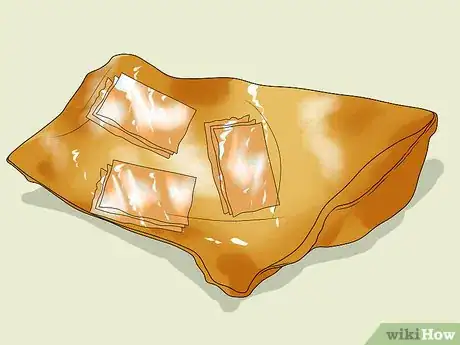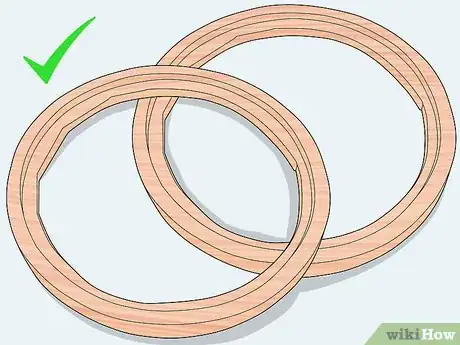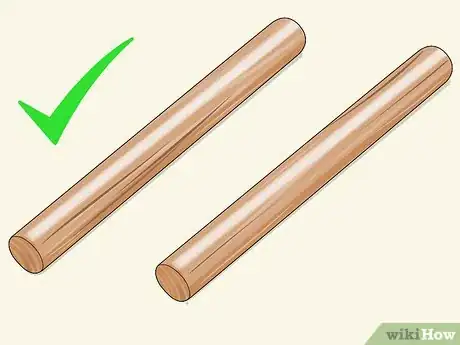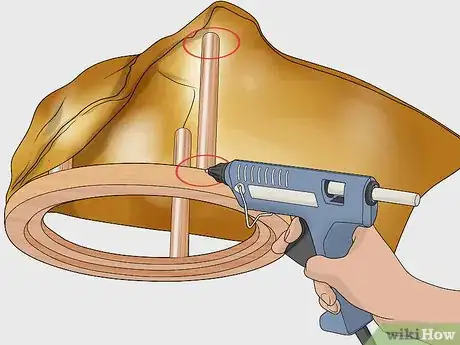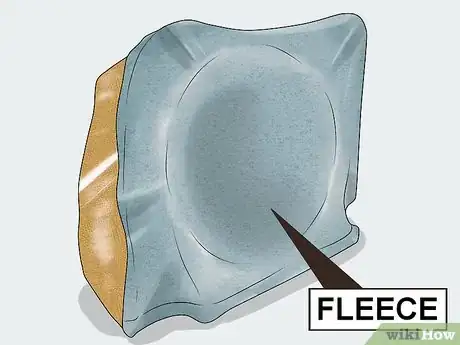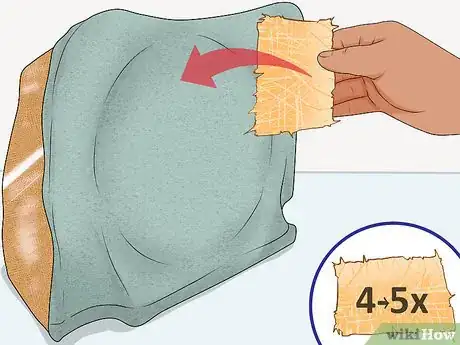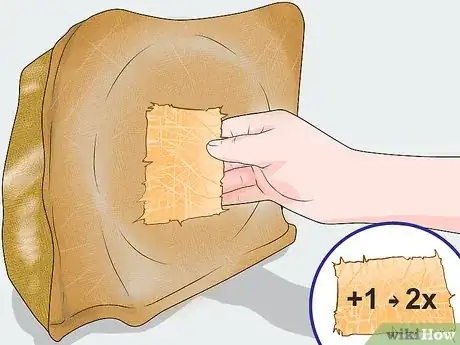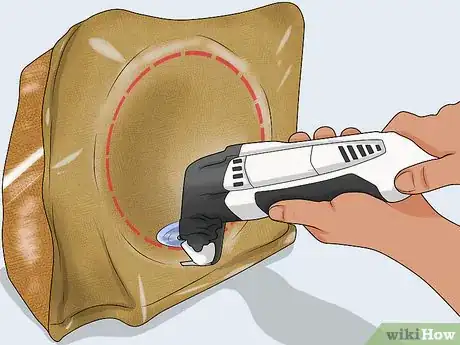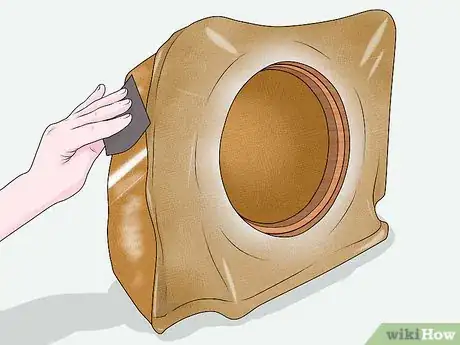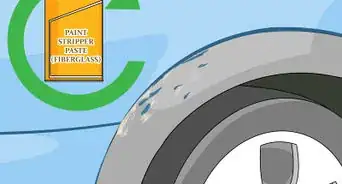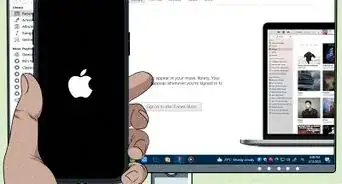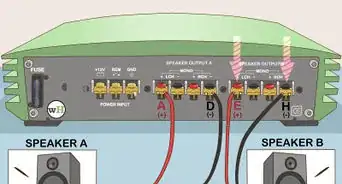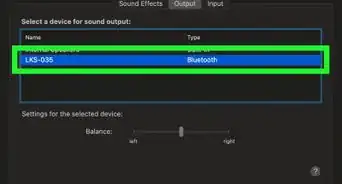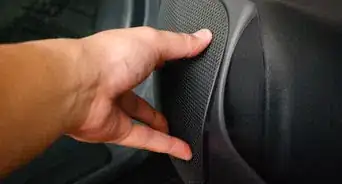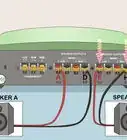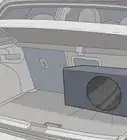X
wikiHow is a “wiki,” similar to Wikipedia, which means that many of our articles are co-written by multiple authors. To create this article, volunteer authors worked to edit and improve it over time.
This article has been viewed 52,534 times.
Learn more...
If you're looking for a slick way to install a car speaker or subwoofer in an oddly-shaped space, you can create a custom fiberglass enclosure that fits around the wheel wells in your trunk. We'll walk you through casting a fiberglass mold of your trunk and using it to create a DIY speaker box.
Steps
-
1Clean your work area thoroughly. It is highly undesirable to allow dust to collect on the fiberglass resin. If you're working in the trunk or any part of the car that has carpeting, it advisable to remove it.
-
2Lay plastic covering around the area where you want the speaker enclosure. Cover any surface where you do not want resin dust. Tape the edges of the plastic down.Advertisement
-
3Place 2 layers of masking tape on the surface you will fiberglass. Criss-cross the layers to ensure that the area is fully covered.
-
4Mix up a small batch of resin in a bowl. The amount depends on the size of the speaker box you want to make. Read the instructions on the resin and keep mixing more as needed.
-
5Cut fiberglass cloth into small, manageable strips. Strips that are 2 inches (5 cm) wide and 1 foot (0.30 m) (30 cm) long should be adequate. Cut the strips into smaller pieces if you are fitting them into a tight space.
-
6Dip the strips of fiberglass cloth into the resin. Saturate them, but do not soak them so much that you drip resin everywhere. Carefully place the strips over the taped area one at a time. Cover past the edge of the speaker box, as you will trim the edges later.
-
7Blow dry the newly fiberglassed surface until it has hardened. It does not have to be completely dry. If you don't use a blow dryer, allow at least 1 hour for the resin to set.
-
8Remove the molded piece from the car. Place it in a clean work area that is protected with plastic.
-
9Place at least 3 layers of resined fiberglass cloth over the molded piece. Make sure each layer of strips is thoroughly soaked in resin, and let it dry completely before adding the next layer.
- It will take around 2 hours for each layer to dry, depending on the amount of resin you use. You can speed this up by using a blow dryer.
-
10Draw a line on the mold to outline the edge of the box. Cut along the line with jigsaw. You should have a clean edge that is of equal thickness all around.
-
11Cut speaker rings into a piece of medium-density fiberboard (MDF board). These rings must match the outside diameter of you speaker cone. The speaker's owner manual might specify the correct diameter. Use existing speaker rings if you have them.
-
12Cut 2 dowel rods to the correct depth. Measure from the speaker's edge to the magnet and add about between 3 and 6 inches (7.5 to 15 cm). Be sure to compensate for any dips or curves in the fiberglass base. The longer the rod, the deeper the speaker box; the deeper the box, the more bass response.
-
13Glue the dowel rods. Attach them to opposite sides of the speaker ring and to the fiberglass enclosure with a hot glue gun. Make sure the ring is flat and looks level.
-
14Stretch a fleece cloth over the speaker ring. Attach it to the edge of the fiberglassed area. The fleece should cover the ring and stretch around the entire fiberglassed edge. There should be nothing left uncovered.
-
15Place 4 or 5 layers of fiberglass over the entire fleeced area, as outlined above.
-
16Add 1 or 2 layers to the entire speaker enclosure to make sure the surface is level.
-
17Cut out the speaker ring opening using a rotary tool.
-
18Sand the surface using fine-grit sandpaper.
Advertisement
Things You'll Need
- MDF board
- Dowel rods
- Hot glue and glue gun
- Fiberglass cloth
- Rubber gloves
- Dust mask or reusable respirator
- Goggles
- Fine grit sandpaper
- Paint brushes
- Mixing buckets
- Plastic sheeting
- Dremel tool
- Blow dryer
- Fleece cloth
- jigsaw
- Masking tape
About This Article
Advertisement
